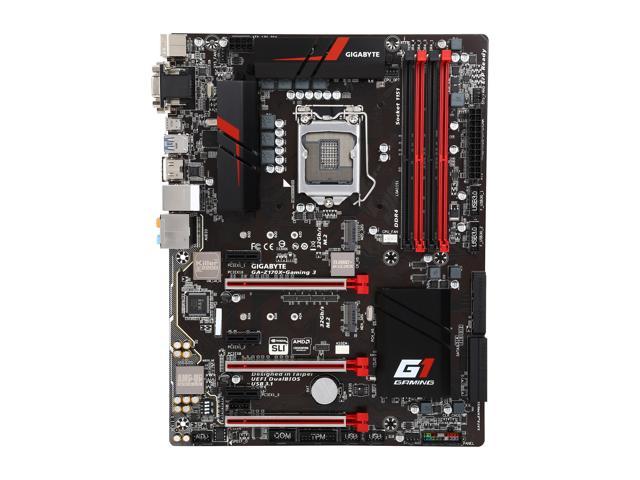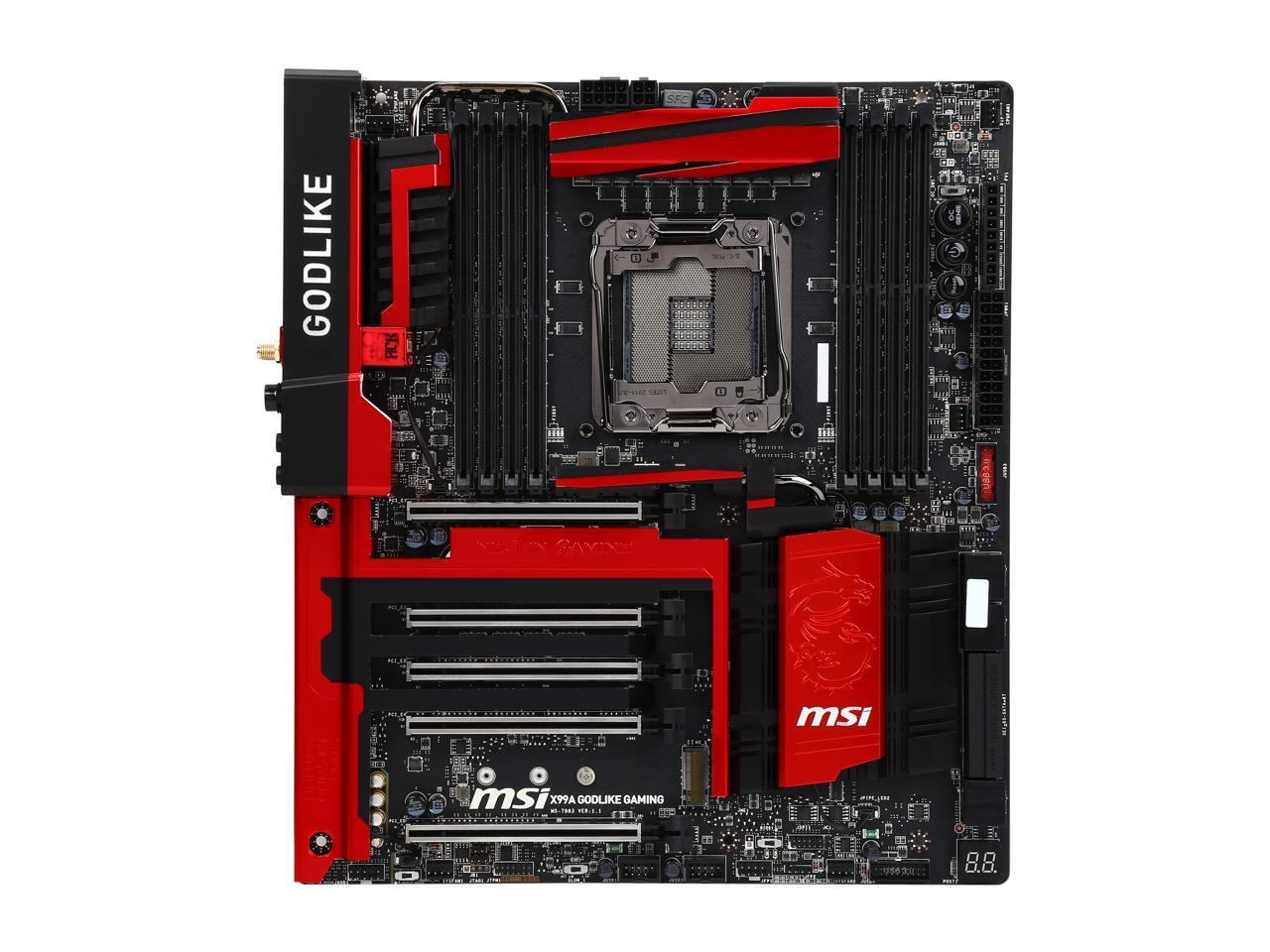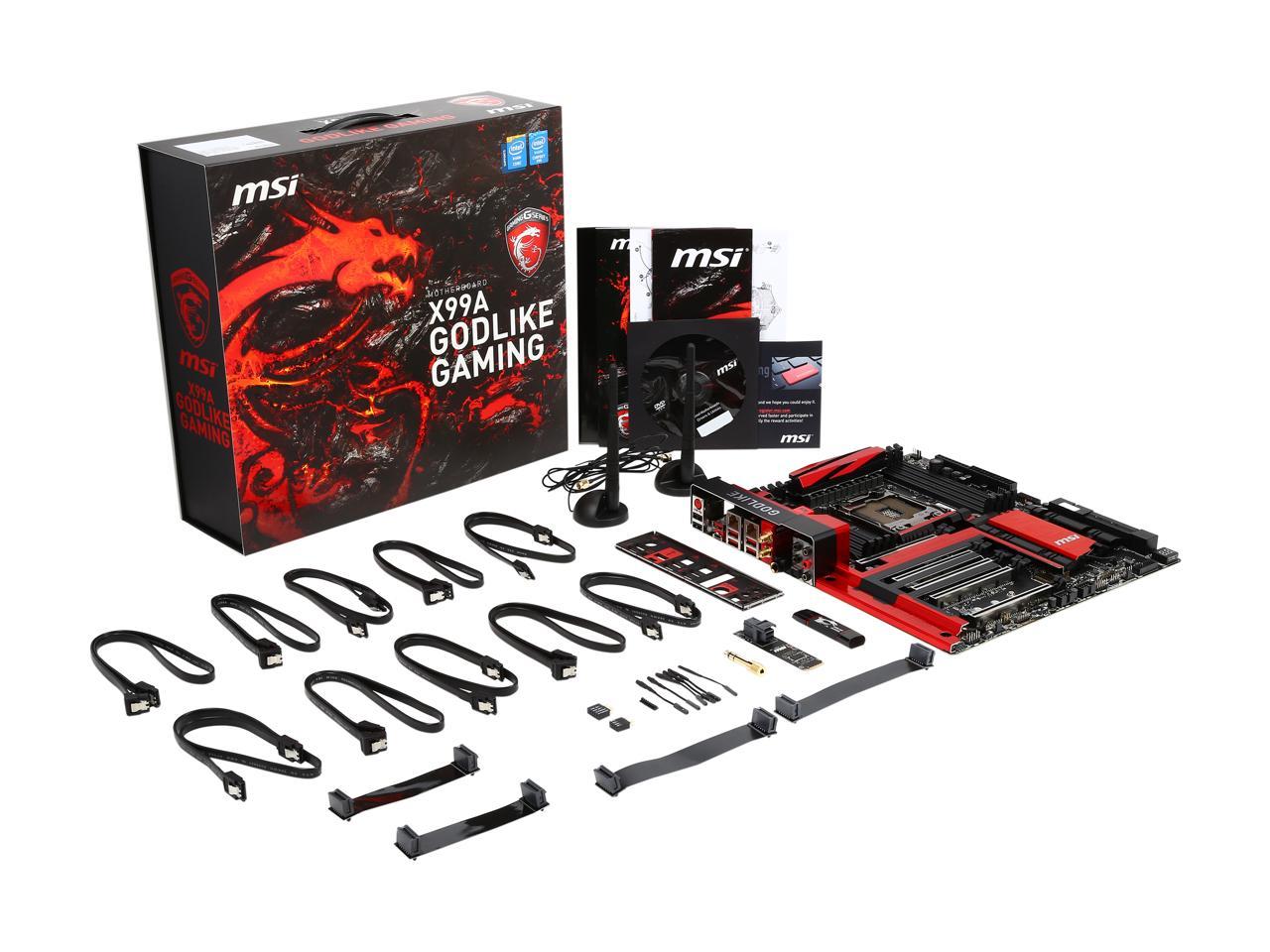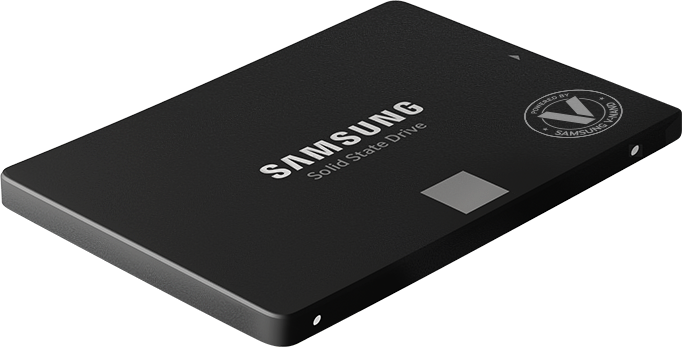.png)
When it comes to performance from a gaming motherboard, the Z370 Gaming K6 Motherboard from ASRock is the way to go. This motherboard has a lot of room when it comes to choosing memory speed and storage. It also comes with these specifications.
- Supports 8th Generation Intel Core Processors (Socket 1151)
- Digital PWM, 12 Power Phase
- Supports DDR4 4333+(OC)
- 3 PCIe 3.0 x16, 3 PCIe 3.0 x2, 1 M.2 (Key E)
- Nvidia Quad SLI, AMD 3-Way CrossFireX
- Graphics Outputs: HDMI, DVI-D, D-Sub (VGA)
- 7.1 CH HD Audio (Realtek ALC1220 Audio Codec)
- Supports Purity Sound 4 and Creative Sound Blaster Cinema 3
- 8 SATA3, 2 Ultra M.2 (PCIe Gen3 x4 & SATA3)
- 2 USB 3.1 Gen2 10Gb/s (1 Type-A and 1 Type-C), 9 USB 3.1 Gen1 (1 Front Type-C, 4 Front Type-A, 3 Rear, 1 Fatal1ty Mouse Port)
- Dual Intel Gigabit LAN
- ASRock RGB LED
- Intel Optane Memory Ready
.png)
This motherboard is very solid when it comes to overclocking and it is easy to set up. Since my voice is not enough support, take a look at all of these reviews (via Amazon).
“One of the best Z370 MoBos available for overclocking (12 phase V-regs, what more can you ask for?) Tons of features, easy to set up BIOS, good stock cooling/heat sinks, nice to look at, just a great motherboard.”
~Jarred V.
“I upgraded from a Asus Gene V. Paired this with an 8700k. Overclocked to 4.8 with a Noctua heat sinks. Voltages running about 1.3. The 12 phase VRM is a nice feature. I could probably get to 5 with an AIO water cooler. Only complaint is that it doesn’t offer as much flexibility as the Asus board in offset mode.”
~John H.
It also comes with all the necessities straight out of the box.

Even though the Z370 Socket 1151 does not support previous generation Intels, I highly recommend this because of its overclocking potential, memory support when overclocked, and overall storage.
Check out these reviews from Eteknixs and Hardware Secrets for more information about the Gaming K6 from ASRock.
Note: This review is part of a classroom project.














